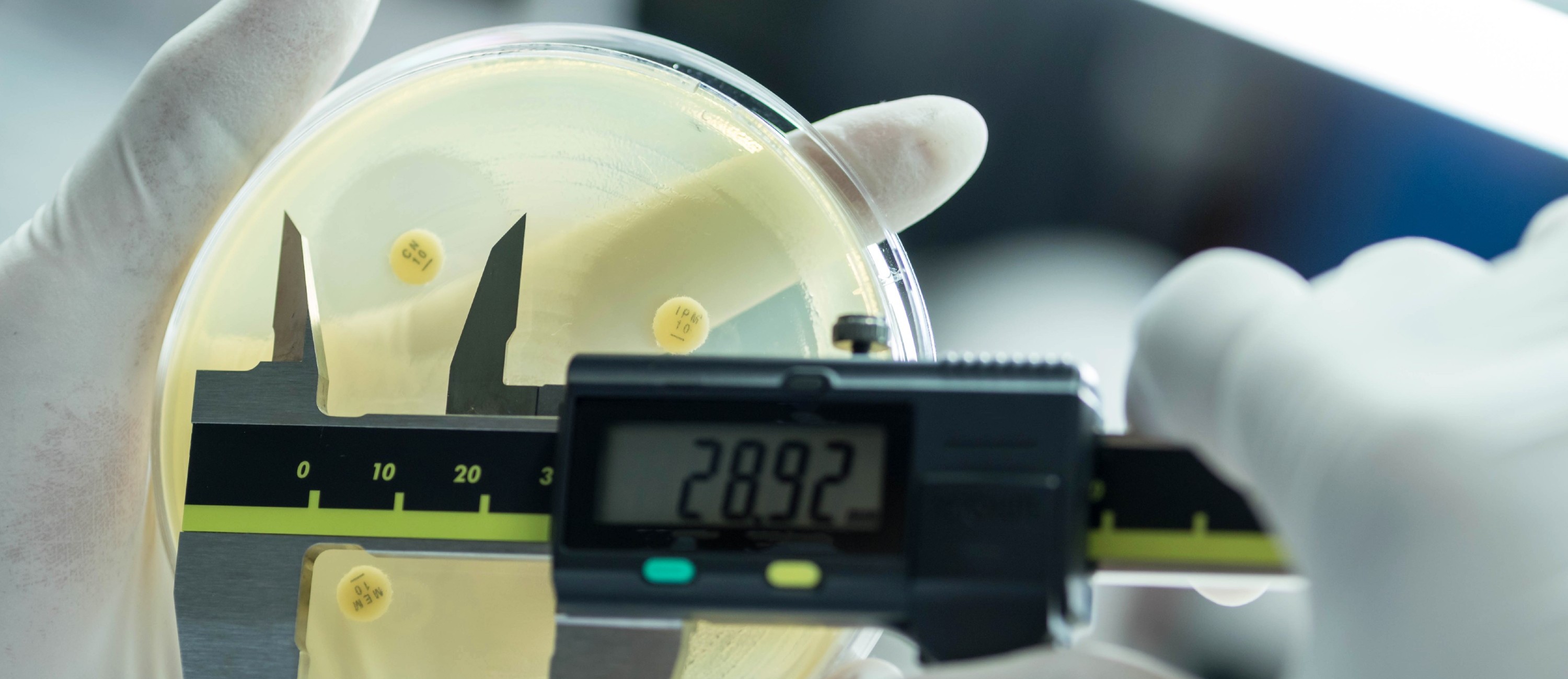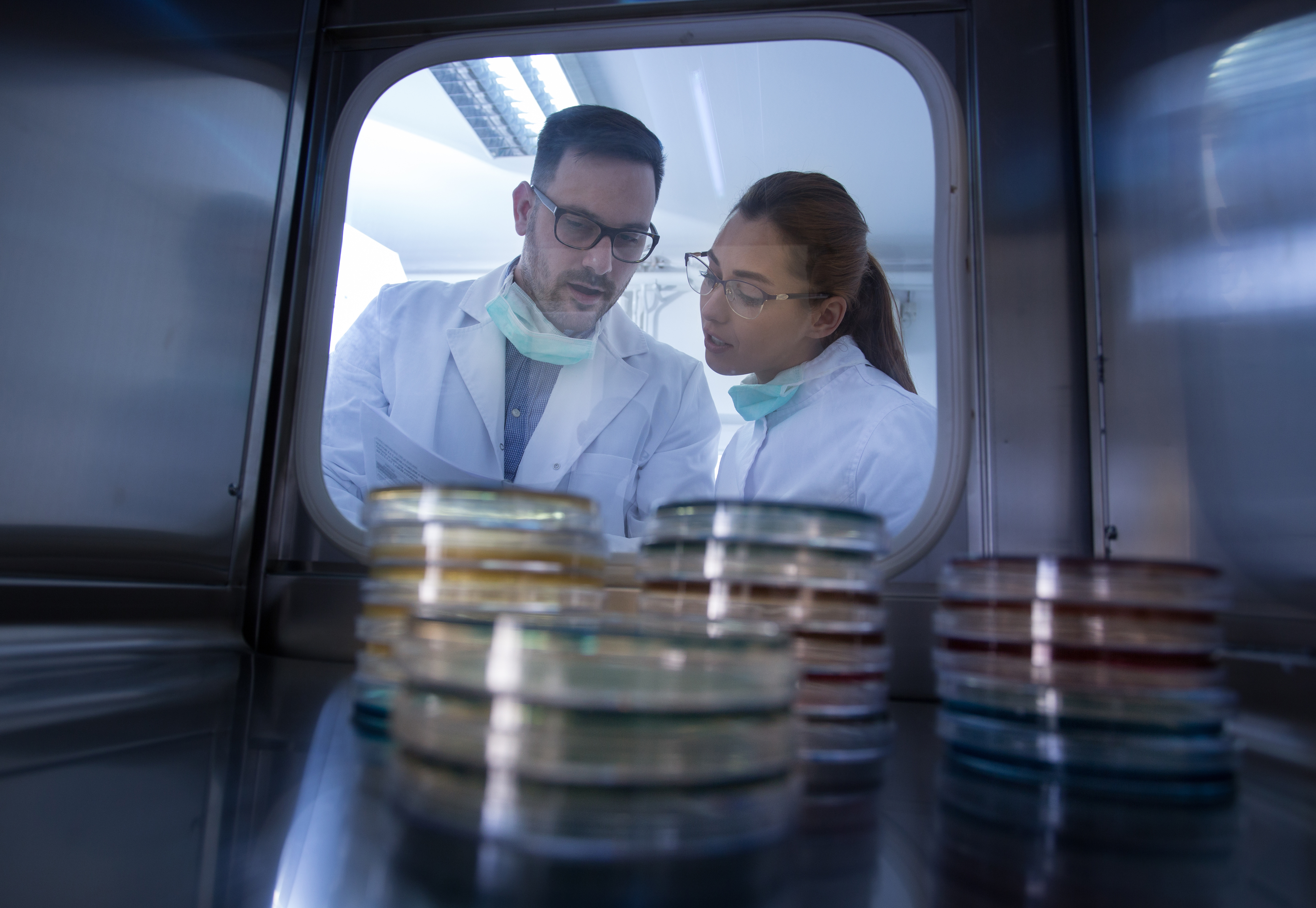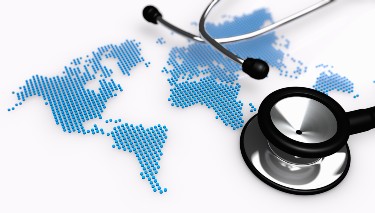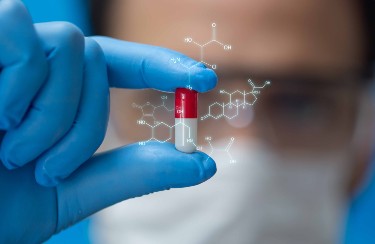
Research
Tackling the vast array of AMR challenges requires multipronged interventions and solutions, from better diagnostics to infection control, from wastewater surveillance to antimicrobial stewardship, from economic policies to drug discovery. The AMR Centre builds on the strengths and diverse expertise of our membership, and aims to advance AMR research within three main themes: Diagnostics, Surveillance and Prevention Strategies, and Therapeutics.
By building dynamic scientific communities around these themes, we strive to facilitate, organize and promote collaborative and interdisciplinary AMR research across the biomedical, engineering, animal, natural and social sciences.
The AMR Centre seeks to translate our research into impactful solutions through collaborations and partnerships with industry, academic and non-academic institutions and networks, including biotechnology and pharmaceutical companies, government and non-profit agencies.
Diagnostics
 Diagnostics are core tools for combating AMR. They serve to detect infectious diseases, enable appropriate antimicrobial use and surveillance of AMR. Diagnostics need to be faster, cheaper and more widely used. New technologies have to be developed to address unmet needs and bring the next generation of infectious diseases diagnostics. The AMR Centre aims to improve diagnostics for human and animal health, in hospital, farms and natural settings, both locally and globally. It brings together clinicians and scientists who evaluate and implement infectious disease diagnostics, identify and validate novel diagnostic targets, and develop and apply new technological platforms for next generation diagnostics.
Diagnostics are core tools for combating AMR. They serve to detect infectious diseases, enable appropriate antimicrobial use and surveillance of AMR. Diagnostics need to be faster, cheaper and more widely used. New technologies have to be developed to address unmet needs and bring the next generation of infectious diseases diagnostics. The AMR Centre aims to improve diagnostics for human and animal health, in hospital, farms and natural settings, both locally and globally. It brings together clinicians and scientists who evaluate and implement infectious disease diagnostics, identify and validate novel diagnostic targets, and develop and apply new technological platforms for next generation diagnostics.
See our member list of diagnostic researchers
Surveillance and prevention strategies
 AMR emerges in healthcare, agricultural and environmental settings, making efforts to track and respond to emerging AMR threats particularly challenging. Our members tackle surveillance in hospitals, on the farm, across natural environments, in wastewater and beyond. Prevention strategies span healthcare infection-control practices, to therapeutic interventions, to policies to promote antimicrobial stewardship. We also leverage experimental systems – including microbial communities, farms, and complex water ecosystems – to understand the evolution and transmission of AMR, and to develop innovative surveillance and prevention strategies.
AMR emerges in healthcare, agricultural and environmental settings, making efforts to track and respond to emerging AMR threats particularly challenging. Our members tackle surveillance in hospitals, on the farm, across natural environments, in wastewater and beyond. Prevention strategies span healthcare infection-control practices, to therapeutic interventions, to policies to promote antimicrobial stewardship. We also leverage experimental systems – including microbial communities, farms, and complex water ecosystems – to understand the evolution and transmission of AMR, and to develop innovative surveillance and prevention strategies.
See our member list of surveillance and prevention researchers
Therapeutics
 The continuous discovery and development of innovative therapeutics is critical to stopping the growing threat of drug-resistant infections, lest we run out of effective medicines. With very few antibiotics brought to the clinic in the last 20 years and vast unmet needs in anti-infective R&D, our goal is to advance research for new and improved anti-infectives and alternative solutions to prevent and treat infections. With expertise ranging from structural biology and chemistry, to engineering, microbiology and infectious diseases, our members tackle AMR mechanisms, target discovery, chemical and computational screens, natural products, microbiome manipulation, immunomodulators and antimicrobial biomaterials. We leverage tools and experimental models in a wide range of human and animal pathogens for early-stage discovery of novel anti-infective compounds and alternatives. We also build on our clinicians’ expertise in translational and clinical research to bring the next generation anti-infectives to the clinic.
The continuous discovery and development of innovative therapeutics is critical to stopping the growing threat of drug-resistant infections, lest we run out of effective medicines. With very few antibiotics brought to the clinic in the last 20 years and vast unmet needs in anti-infective R&D, our goal is to advance research for new and improved anti-infectives and alternative solutions to prevent and treat infections. With expertise ranging from structural biology and chemistry, to engineering, microbiology and infectious diseases, our members tackle AMR mechanisms, target discovery, chemical and computational screens, natural products, microbiome manipulation, immunomodulators and antimicrobial biomaterials. We leverage tools and experimental models in a wide range of human and animal pathogens for early-stage discovery of novel anti-infective compounds and alternatives. We also build on our clinicians’ expertise in translational and clinical research to bring the next generation anti-infectives to the clinic.
See our member list of therapeutic researchers